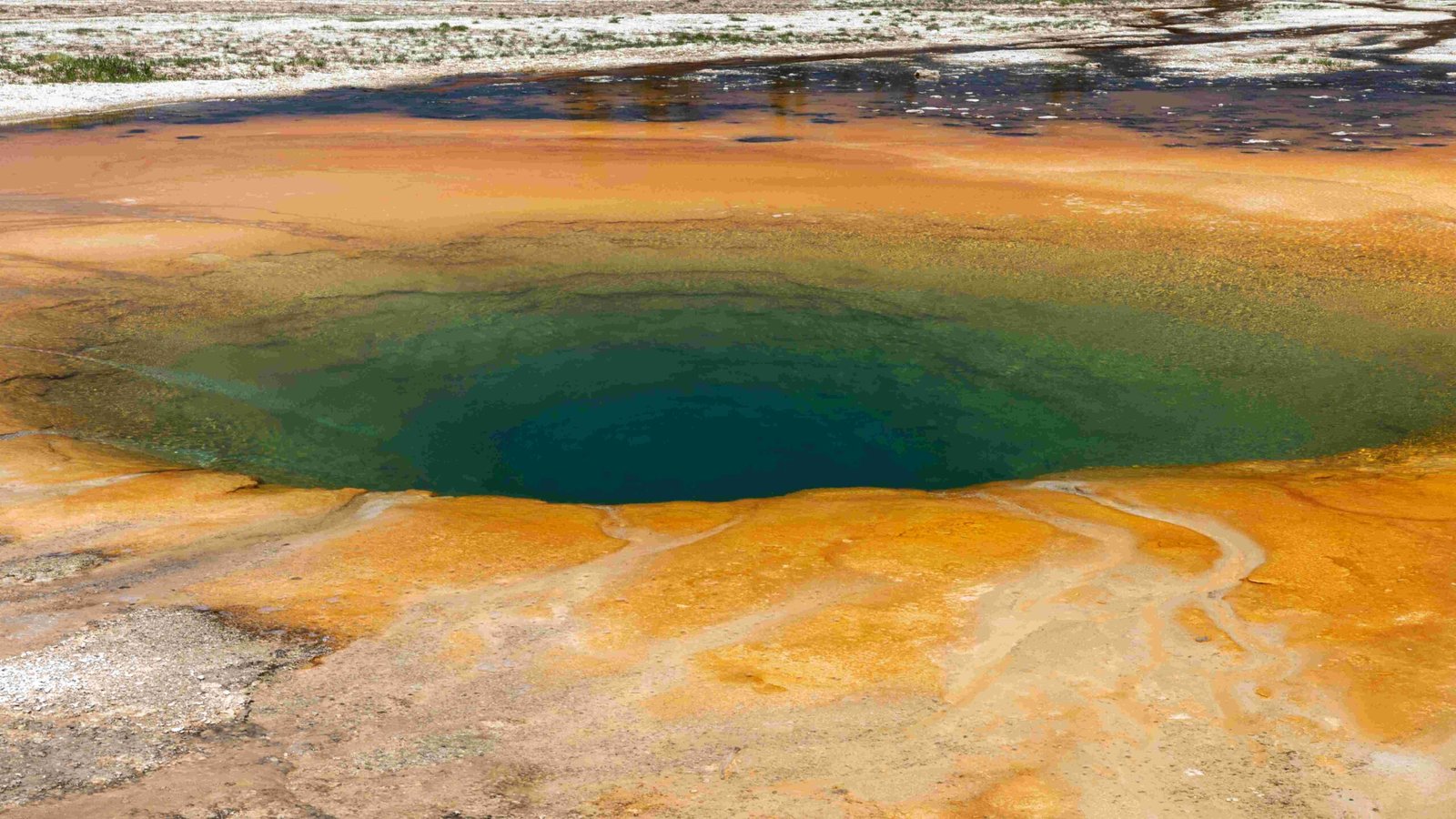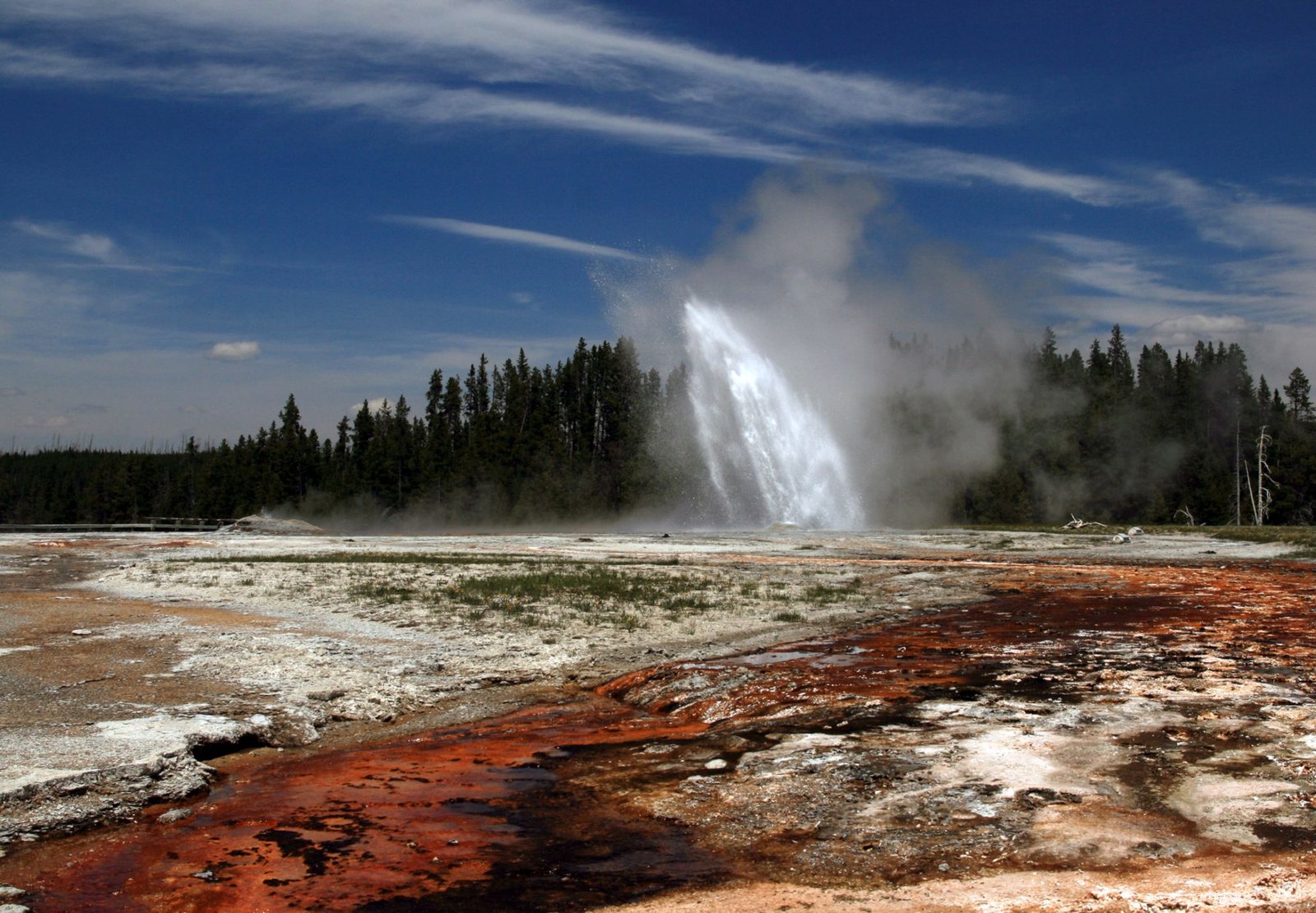Yellowstone National Park is renowned for its diverse flora, including a stunning array of yellow flowers that paint the landscape with vibrant hues. From the iconic Arrowleaf Balsamroot to the delicate Glacier Lily, these golden blooms offer visitors a spectacular display throughout the spring and summer months. This guide explores the various species of yellow flowers in Yellowstone National Park, their habitats, and the best times and places to view them.
What are the Most Common Yellow Flowers in Yellowstone National Park?

Yellowstone National Park boasts a rich variety of yellow wildflowers, each with its unique characteristics and preferred habitats. Here are some of the most prevalent species:
- Arrowleaf Balsamroot (Balsamorhiza sagittata)
- Bright yellow, sunflower-like blooms
- Large, arrow-shaped leaves
- Blooms from June to July
-
Found in open meadows and sagebrush areas
-
Glacier Lily (Erythronium grandiflorum)
- Delicate, nodding yellow flowers
- Long, narrow leaves
- Blooms from May to June
-
Often seen near melting snow patches
-
Alpine Buttercup (Ranunculus eschscholtzii)
- Small, glossy yellow flowers with five petals
- Deeply lobed leaves
- Blooms from June to August
-
Prefers moist, high-elevation meadows
-
Monkey Flower (Erythranthe lewisii)
- Bright yellow flowers with red spots
- Sticky, oval leaves
- Blooms from June to July
-
Found near thermal features and streams
-
Oregon Grape (Mahonia repens)
- Clusters of small, yellow flowers
- Holly-like leaves that turn reddish in winter
- Blooms from April to July
- Grows in forested areas and rocky slopes
Where are the Best Locations to See Yellow Flowers in Yellowstone National Park?

To maximize your chances of seeing a diverse array of yellow flowers in Yellowstone National Park, consider visiting these prime locations:
- Lamar Valley
- Known for expansive meadows filled with Arrowleaf Balsamroot
-
Best viewing time: June to early July
-
Mount Washburn Trail
- Offers a variety of wildflowers, including Alpine Buttercups
- Elevation gain provides different blooming periods
-
Best viewing time: Late June to August
-
Mammoth Hot Springs Area
- Home to thermophilic species like Monkey Flowers
- Also features Arrowleaf Balsamroot in nearby meadows
-
Best viewing time: June to July
-
Dunraven Pass
- Excellent spot for viewing Glacier Lilies
- Also offers Alpine Buttercups at higher elevations
-
Best viewing time: Late May to early July
-
Yellowstone Lake Shore
- Features a mix of yellow flowers, including Monkey Flowers
- Best viewing time: June to August
When is the Peak Season for Yellow Flowers in Yellowstone National Park?
The peak season for yellow flowers in Yellowstone National Park varies depending on the species and location. However, here’s a general timeline:
| Month | Early Blooming Species | Late Blooming Species |
|---|---|---|
| May | Glacier Lily | – |
| June | Arrowleaf Balsamroot | Alpine Buttercup |
| July | Monkey Flower | Oregon Grape |
| August | – | Alpine Buttercup |
Keep in mind that bloom times can vary based on elevation, temperature, and snowmelt patterns. Lower elevations typically see earlier blooms, while higher elevations may have flowers lasting into late summer.
How Can Visitors Identify Yellow Flowers in Yellowstone National Park?
Identifying yellow flowers in Yellowstone National Park can be an enjoyable and educational experience. Here are some tips to help you recognize different species:
-
Use a field guide: Purchase a wildflower guidebook specific to Yellowstone or the Rocky Mountain region.
-
Observe key features:
- Petal shape and number
- Leaf structure and arrangement
- Plant height and growth habit
-
Habitat and elevation
-
Take clear photographs: This allows for later identification or consultation with experts.
-
Use mobile apps: Download plant identification apps like iNaturalist or PlantSnap for on-the-go assistance.
-
Attend ranger-led programs: Park rangers often offer wildflower walks and talks during the summer months.
What Precautions Should Visitors Take When Viewing Yellow Flowers in Yellowstone National Park?
While enjoying the beautiful yellow flowers in Yellowstone National Park, it’s crucial to follow these guidelines to protect both the flora and yourself:
- Stay on designated trails to avoid trampling delicate vegetation.
- Do not pick or collect flowers – it’s illegal and harmful to the ecosystem.
- Keep a safe distance from wildlife that may be feeding on or near the flowers.
- Be aware of your surroundings, especially in thermal areas where some yellow flowers grow.
- Carry bear spray and know how to use it, as bears may frequent wildflower meadows.
- Bring appropriate gear, including sturdy hiking boots and sun protection.
- Leave no trace: Pack out all trash and avoid disturbing the natural environment.
How Do Yellow Flowers Contribute to Yellowstone’s Ecosystem?
Yellow flowers play a vital role in Yellowstone’s ecosystem:
- Pollinator support: They provide nectar for bees, butterflies, and other insects.
- Wildlife food source: Many animals, including elk and bears, feed on these plants.
- Soil stabilization: Root systems help prevent erosion, especially in alpine areas.
- Nutrient cycling: As plants decompose, they enrich the soil for future growth.
- Indicator species: Some yellow flowers, like Monkey Flowers, indicate specific environmental conditions.
Understanding the importance of these yellow flowers helps visitors appreciate the delicate balance of Yellowstone’s ecosystem and the need for conservation efforts.
By exploring the yellow flowers in Yellowstone National Park, visitors can gain a deeper appreciation for the park’s biodiversity and natural beauty. Whether you’re an avid botanist or a casual nature enthusiast, the golden blooms of Yellowstone offer a spectacular display that enhances any visit to this iconic national park.
References:
1. Yellowstone Tour Guides – Wildflowers Season In Yellowstone National Park
2. Yellowstone.org – Experience the Peak Wildflower Season in Yellowstone
3. Destination Yellowstone – Spring Showers Bring Wildflowers

